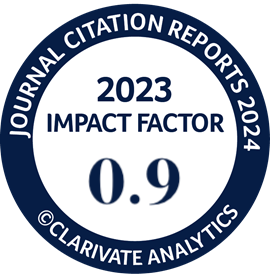Estimating Parking Building Spiral Ramp Capacity Using Traffic Microsimulation Technique
DOI:
https://doi.org/10.4186/ej.2025.29.9.15Keywords:
spiral ramp, traffic flow capacity, traffic microsimulation model, multi-story car parking buildingAbstract
This study aims to determine the traffic flow capacity on spiral ramps within a multi-story car parking building. A spiral ramp flow capacity is a crucial element in parking building design when considering traffic flow efficiency and safety. This study applies a microsimulation modeling analysis technique to estimate the traffic flow capacity on the spiral ramp. In the methodology, modified driving behavior variables are used in the traffic model to reflect the driving behavior within the chosen parking building in Bangkok, Thailand. For planning purposes, having the knowledges of obtaining a robust spiral ramp’s capacity simplifies the process of calculating the number of spiral ramps required for multi-story large-scale parking buildings with improved economic utility, safety, and efficiency in traffic flow. According to this study driving speed and width of the ramp directly affects the traffic flow capacity of the ramp. The spiral ramp’s traffic flow capacity of the small, medium, large, and extra-large width spiral ramp is 836 vehicles per hour, 976 vehicles per hour, 1,055 vehicles per hour, and 1,165 vehicles per hour respectively.
Downloads
Downloads

Authors who publish with Engineering Journal agree to transfer all copyright rights in and to the above work to the Engineering Journal (EJ)'s Editorial Board so that EJ's Editorial Board shall have the right to publish the work for nonprofit use in any media or form. In return, authors retain: (1) all proprietary rights other than copyright; (2) re-use of all or part of the above paper in their other work; (3) right to reproduce or authorize others to reproduce the above paper for authors' personal use or for company use if the source and EJ's copyright notice is indicated, and if the reproduction is not made for the purpose of sale.








